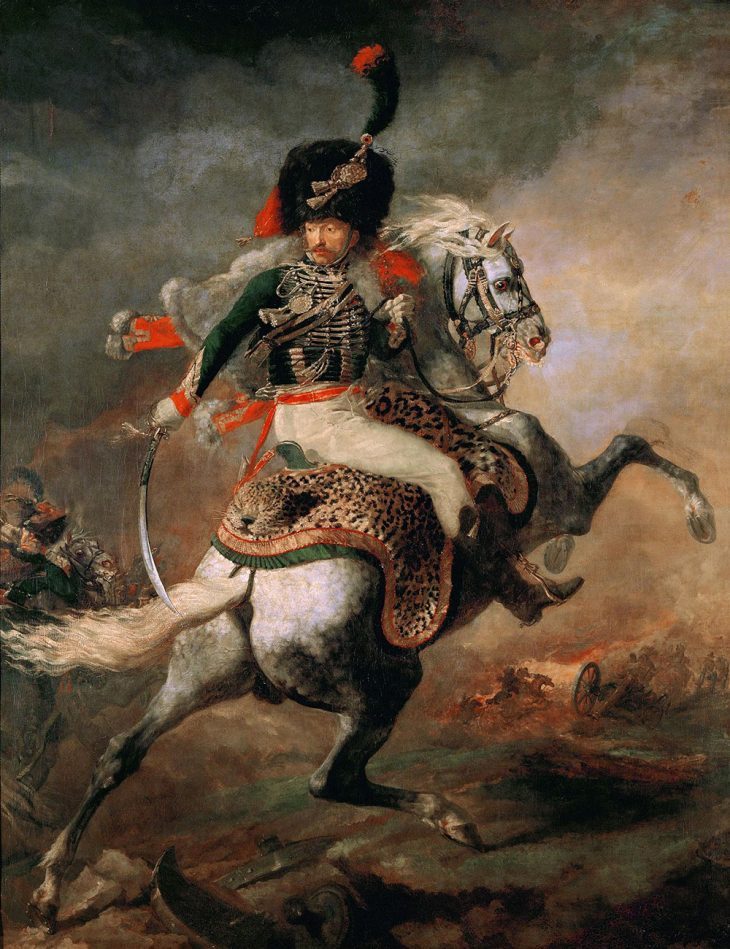Romanticism
Artistic Movements, Periods and styles in 5 Points
We could make this publication thanks to small donations. How is 3 minutos de arte supported?
Romanticism
- In contrast to neoclassicism, this early-nineteenth-century movement emphasized the exaltation of passions and imagination over reason and intellect. And there is a word that defines it like no other: idealization.
- A romantic painting releases a powerful vital energy from the emotions that the artist wants to convey, whether they are fear, anguish, love, or courage.
- The brushstrokes are lively, vibrant, and expressive. The color is chosen based on suggesting emotions. The light is gimmicky, theatrical. The compositions are dynamic, with a high degree of drama.
- In a harsh reality of crisis and wars, the theme of the works was elusive and often resorted to glorious times of the past and the idealization of exotic places. With romanticism, landscaping became important (the thematic search for wonderful dreamlike landscapes), and it was the beginning of painting in the open air, and it was the seed of a great revolution that was about to explode in the history of painting.
- Although the movement was losing strength and “disappearing” towards the middle of the 19th century, its spirit was strongly revived in the 20th century with German Expressionism, Abstract Expressionism, and the Expressionist essence of all the art of the century in general.
Representative Artists: Delacroix, Géricault, Constable, Turner, Goya.
Image: The Charging Chasseur or An Officer of the Imperial Horse Guards Charging (1812). Théodore Géricault
Recommended links:
Characteristic Elements of Romantic Painting.
Fundamental Painters of Romanticism.
Timeline: from Neoclassicism till the end of the 19th century.
Liberty Leading the People (1830), Eugène Delacroix.
Turner Seascapes and Romanticism.
The Raft of the Medusa (1818/19), Géricault.
Third of May in Madrid (1814), Francisco de Goya.
Snow Storm – Steam-Boat off a Harbour’s Mouth (1842), Turner.
You can also find more material using the search engine.




0 Comments